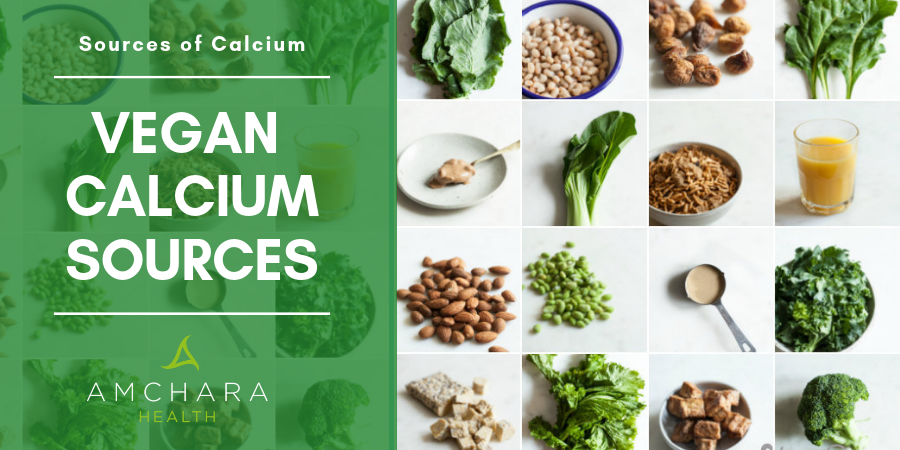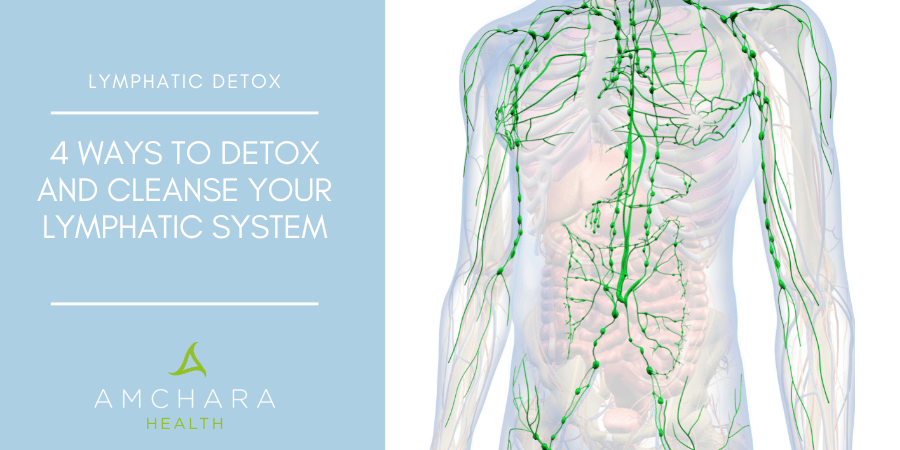So, you think milk is the best place to get your calcium?
Think again!
Calcium is extremely important for many functions in the body, and like the majority of people you may believe that milk and dairy products are the best source of calcium.
However there is a big problem with this.
Cow and other animal milk is designed to grow a small young mammal into a cow or other animal within the space of a few weeks.
Cows are clearly far larger than humans and need far more fat content to grow to this size.
If nature had intended for us to grow to 700 pounds then perhaps cows milk would be a good idea for us.
We are the only mammal to actively drink milk from another lactating mammal, small wonder many people have dairy or lactose intolerance!
Cows milk is not meant for human consumption, it is not well assimilated by the body, which means absorbed through digestion.
Other sources are more easily assimilated in the body. We look at the calcium content of various sources in further detail in this article.
Why is calcium important in the diet?
Calcium is important in the diet because it is needed for many bodily functions.
Some of the functions that calcium is required for in the body include:
- Blood vessel contraction and expansion (blood pressure control)
- Blood clotting
- Healthy nervous system
- Hormone secretion
- Enzymes
- Bone formation and health (lower osteoporosis risk)
- Weight control
So there are many reasons why you should ensure that you get enough calcium in your diet.
The guideline daily amount of calcium recommended for adults over 18 years of age is 700-800 mg, and for pregnant or breastfeeding women, this increases by an extra 550 mg.
What are the best sources of calcium?
As we mentioned, milk is not the best source of calcium and it actually has a low content in comparison to many of the other great (and healthier) sources.
Below is a list of the top ten sources including their content.
|
Source |
Calcium Content (mg) per 100g serving |
| Dried Savory Tops (herb) |
2132 |
| Sesame Seeds |
1800 |
| Sardines (when eaten with bones) |
500 |
| Almonds |
266 |
| Flax Seeds |
255 |
| Dried Figs |
200 |
| Brazil Nuts |
180 |
| Green Leafy Vegetables (kale, turnip tops, watercress, spinach) |
100-190 (depending on type of vegetable) |
| Broccoli |
125 |
| Herring |
80 |
|
FOR COMPARISON |
|
| Cows Milk |
290 |
| Oat Milk |
360 |
Although milk still contains a decent amount of calcium, there are other sources higher in calcium and milk is very tough on your digestive system.
Interestingly though oat milk contains more calcium than cows milk and I will write a blog about oat milk versus cows milk next week.
Milk has other side effects too.
Think about when you drink milk from a glass.
When the glass is empty, you can see a slimy white substance stuck all round the insides of the glass, and that is exactly what happens inside your digestive system and also to your capillaries, which are the tiny blood vessels that run inside your body.
Milk and dairy products leave a film coating inside your body and it is very difficult for your body to digest.
This leads to contracted blood vessels and higher blood pressure.
Best vegan sources of calcuim
(source:15 calcium rich vegan food combination)
- Fortified almond, soy, or rice milk, 8 ounces: 300-500mg (30-50%)
- Fortified orange juice, 8 ounces: 350 mg (35%)
- Collard greens, cooked, 1 cup: 270 mg (27%)
- Fortified breakfast cereal, 1 cup dry: 250-1000 mg (25-100%)
- Turnip greens, steamed or boiled, 1 cup: 200 mg (20%)
- Mustard greens, steamed or boiled, 1 cup: 160 mg (16%)
- Bok choy, steamed or boiled, 1 cup: 150 mg (15%)
- Tempeh, 4 ounces: 120 mg (12%)
- Tahini, 2 tablespoons: 120 mg (12%)
- Dried figs, 1/2 cup: 120 mg (12%)
- Extra firm tofu, 3 ounces: 100 mg – 150 mg (10-15%)
- Oats, instant, 1 serving: 100 mg (10%)
- Kale, steamed or boiled, 1 cup: 100 mg (10%)
- Shelled edamame, steamed, 1 cup: 100 mg (10%)
- Silken tofu, 3 ounces: 80 mg (8%)
- Blackstrap molasses, 1 tablespoon: 80 mg (8%)
- Almond butter, 2 tablespoons: 80 mg (8%)
- Almonds, 1 ounce: 80 mg (8%)
- Orange, 1 cup sections: 70 mg (7%)
- Navy beans, cooked, ½ cup: 65 mg (6.5%)
- Broccoli, steamed or boiled, 1 cup: 60 mg (6%)
- Pinto beans, cooked, ½ cup: 50 mg (5%)
Sesame seeds are amazing, as are pumpkin seeds and sunflowers seeds too.
A handful of these every day can also make a lovely snack and they have the other benefit of being high in fibre and good for the digestion.
So next time someone tells you to drink milk because it’s high in calcium, you will know better.
Stay healthy
Karen
Read this next:
Resources:






